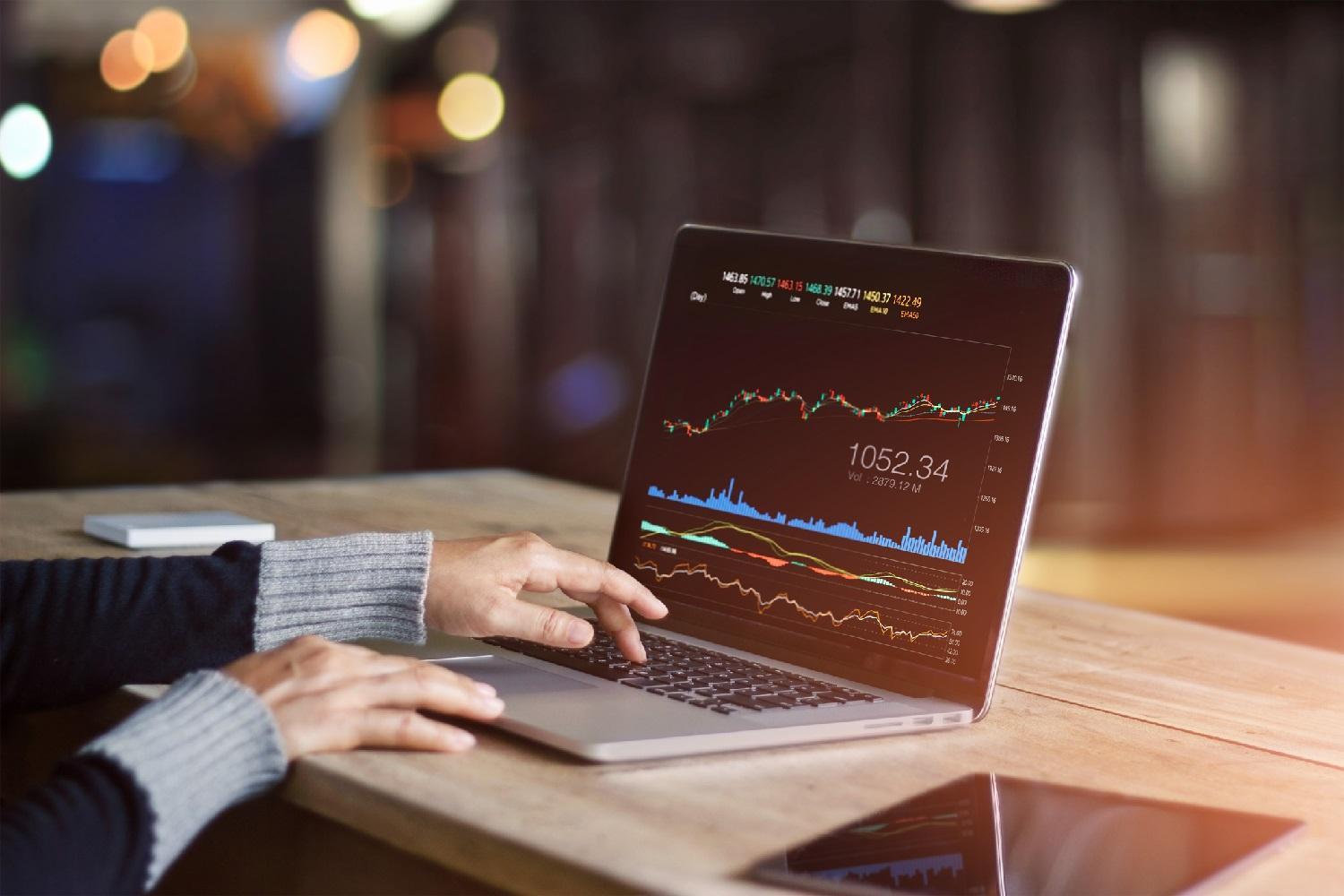MENU
Start
- Best Small Business Loans for 2024
- Businessloans.com Review
- Biz2Credit Review
- SBG Funding Review
- Rapid Finance Review
Our Recommendations
- 26 Great Business Ideas for Entrepreneurs
- Startup Costs: How Much Cash Will You Need?
- How to Get a Bank Loan for Your Small Business
- Articles of Incorporation: What New Business Owners Should Know
- How to Choose the Best Legal Structure for Your Business
Our Guides
- Business Ideas
- Business Plans
- Startup Basics
- Startup Funding
- Franchising
- Success Stories
- Entrepreneurs
Small Business Resources
Grow
- The Best Credit Card Processors of 2024
- Clover Credit Card Processing Review
- Merchant One Review
- Stax Review
Our Recommendations
- How to Conduct a Market Analysis for Your Business
- Local Marketing Strategies for Success
- Tips for Hiring a Marketing Company
- Benefits of CRM Systems
- 10 Employee Recruitment Strategies for Success
Our Guides
- Sales & Marketing
- Finances
- Your Team
- Technology
- Social Media
- Security
Small Business Resources
Lead
- Best Business Phone Systems of 2024
- The Best PEOs of 2024
- RingCentral Review
- Nextiva Review
- Ooma Review
Our Recommendations
- Guide to Developing a Training Program for New Employees
- How Does 401(k) Matching Work for Employers?
- Why You Need to Create a Fantastic Workplace Culture
- 16 Cool Job Perks That Keep Employees Happy
- 7 Project Management Styles
Our Guides
- Leadership
- Women in Business
- Managing
- Strategy
- Personal Growth
Small Business Resources
Find
- Best Accounting Software and Invoice Generators of 2024
- Best Payroll Services for 2024
- Best POS Systems for 2024
- Best CRM Software of 2024
- Best Call Centers and Answering Services for Busineses for 2024
Our Recommendations

Online only.
The Return of CDOs: Is Another Economic Crisis on the Horizon?

Table of Contents
Collateralized debt obligations are financial tools used to repackage individual loans into securities that are then sold to investors on the secondary market. They are also infamous for their role in the financial crisis of 2008, when they were packaged with subprime mortgages, rated as safer than they truly were and offloaded to investors while the very banks peddling them took out short positions at the same time. These trading patterns led to a massive bubble in the housing market – and then the greatest economic downturn in the U.S. since the Great Depression.
In the 2020s, the CDO market is expected to rebound. Whereas Bloomberg reported that the CDO market stood at roughly $70 billion in 2017 (compared to more than $200 billion pre-crisis), it is expected to reach $158.5 billion by 2026, according to a report distributed by MarketWatch. What does the reemergence of this financial instrument mean for the economy as a whole? Are the same risks inherent in the trading of CDOs? What has changed that might mitigate future economic disasters? We’re breaking down the current state of the economy and the outlook going forward, but first, let’s examine what led us to this point.
CDOs and the financial crisis
When various debts, like corporate bonds or mortgage-backed securities, are pooled together, it creates a new security: a CDO. The CDO is then separated into various “tranches,” or levels of risk, and then each tranche is sold to investors.
“What actually happens … is you have a pool of corporate credits,” said Ed Grebeck, CEO of Tempus Advisors. “They don’t all have to be good credits; some can be junk bonds.”
The creation of tranches, said Grebeck, is done largely with respect to mathematical models rather than corporate credits. As a result, there is little understanding of the actual risk to a CDO based on the credits it contained. Instead, it’s a numbers game detached from true security.
There were a few reasons CDOs became attractive pre-crisis. For banks, they helped offload risk onto investors and freed up more capital to make new investments or issue new loans. For investors, they purportedly offered a way to realize higher yields with the expectation that the riskier aspects of the CDO were supported by the less-risky assets. Unfortunately, speculation and unwarranted optimism in the housing market undercut those expectations.
“They were rating these things based on the probability of the loss of the pool of assets, rather than the creditworthiness of each individual borrower,” Grebeck said. “That’s where they got into trouble and lost a bunch of money. There were big losses on CDOs, and rating agencies came under fire for that as well.” [Learn how to build business credit.]
The typical buyers of CDOs were insurance companies, banks, pension funds and hedge funds, rather than individuals. These were the institutions left holding the bag when the financial crisis hit, and the losses precipitated the rest of the country just as the value of homes – often individual Americans’ largest source of equity – was crashing. [Read related article: What Is Economics?]
CDOs are pools of several different debts. Banks and investors both benefited from them before the Great Recession, which CDOs caused.
The immediate aftermath of the crash
After the crash, the market for CDOs virtually disappeared. In 2006 and 2007, about $386 billion worth of CDOs were issued, according to ProPublica. By the end of 2007 and through 2008, those numbers plummeted, and the market evaporated almost entirely. The news was out: CDOs were toxic.
Most institutions involved in the CDO game took significant losses when the crisis hit. According to The Intercept, Merrill Lynch posted $2.2 billion in losses in the third quarter of 2007. Citigroup, which has returned to investing in CDOs in recent years, reported $6.5 billion in losses. Goldman Sachs, one of the most prominent CDO peddlers in the pre-crisis years, realized its tenuous position before disaster struck and took out more than $13 billion in short positions on the real estate market, even as they continued offloading the CDOs on their own balance sheet. As a result, Goldman Sachs turned a $2.9-billion profit in the same quarter other companies were taking massive hits.
These losses threatened to destabilize the entire economy. If the largest institutions collapsed – the theory went – a domino effect would likely follow and exacerbate the entire crisis. As a result, Congress approved a $700-billion bailout program known as the Troubled Asset Relief Program (TARP), which targeted financial institutions struggling as a result of subprime loan defaults. Essentially, the government used taxpayer money to acquire these bad loans from troubled lenders to stabilize the credit market. [Find out why small business is better for local economies than big business.]
The return of CDOs and economic outlook
Today, CDOs have returned, although the playing field is a bit different. According to a White & Case examination of collateralized loan obligations (CLOs) – a similar class of investments to CDOs – 2021 was a great year for the CLO market. In 2021, CLO issuance in the U.S. totaled $184.4 billion and resulted in returns between 1.4% and 8.9%.
What’s especially notable is that slight differences between CLOs and CDOs have given CLOs more resistance to economic downturns. In fact, the report notes that CLOs were minimally affected by the same troubles as CDOs during the Great Recession. A shift toward CLOs and away from CDOs could benefit traders, investors and lenders without forming a bubble that would inevitably burst.
In the wake of the Great Recession, regulatory shifts meant to address the causes of the financial crisis have demanded more stringent capital requirements. Banks are required to have more cash flow in reserve in case of a downturn, making them more likely to weather another storm without public assistance. The Dodd-Frank Wall Street Reform and Consumer Protection Act of 2010, the flagship post-recession legislation, includes a provision known as the Volcker Rule, which forbids banks from owning any proprietary trading operations, hedge funds or private equity funds. The rule also prevents the use of FDIC funds for hedge funds or private equity funds. This measure is intended to limit the sort of exposure that threatened to collapse the largest banks during the 2008 crisis. [Follow these strategies for cash flow survival.]
However, in 2018, President Donald Trump signed the Economic Growth, Regulatory Relief and Consumer Protection Act into law. This new law loosened – and, in some cases, eliminated – many Dodd-Frank regulations. It could also explain the growth of CLOs and pave the path for the return of CDOs. Such a return could lead to another bubble – and another bust.
The Economic Growth, Regulatory Relief and Consumer Protection Act classifies banks with assets up to $250 billion as “too big to fail.” Dodd-Frank regulations capped this value at $50 billion. Banks too big to fail are exempt from certain stress tests that could help plan for or prevent financial disaster.
Other future economic indicators
Although CDOs drove the Great Recession, they may play a smaller role in future recessions. Besides CLOs, two factors that could prove more pressing are rising inflation and the COVID-19 pandemic.
As of February 2022, the national inflation rate was 7.9%, the highest in 40 years. This increased the cost of pretty much all consumer goods, including basics like food. How the Federal Reserve sets fiscal policy to counter inflation could change the national risk of a recession. Consistently fighting inflation could lead to a mild recession, while a less aggressive approach could lead to a more severe recession.
COVID-19 remains an unpredictable economic factor as well. Although the federal government and most state governments are pushing toward a full reopening as 2022 progresses, case rates remain high. Additionally, many virologists agree that variants are inevitable, any of which could force a new wave of lockdowns or, at the very least, create economic downturns in industries reliant on in-person presences.
The economic outlook
Even without the resurgence of CDOs, there are reasons to worry about a recession and the economy’s future. But if CDOs don’t return to their 2007 levels, there will be one fewer economic factor to fear. In the meantime, consider these tips to recession-proof your business.
Max Freedman contributed to the writing and reporting in this article. Source interviews were conducted for a previous version of this article.

















